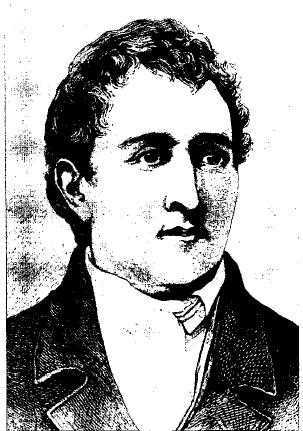The discovery of Chlorine has been credited to “Carl Wilhelm Scheele”, in the year 1774. Whereas, the name Chlorine has been given by “Sir Humphry Davy” in the year 1810.

Scheele discovered the Chorine unknowingly while performing an experiment he released few drops of Hydrochloric Acid (HCl) over a piece of Manganese Dioxide. Then, he witnessed the greenish-yellow color of gas released. While at that time he didn’t have any idea that he just discovered the Chlorine.
All the features of Chlorine have been recognized after many decades passed by the English Chemist Sir Humphry Davy. Before this, people were only knowing it as the compound of Oxygen. So, Davy gave it the name with its feature of greenish-yellow color. Then, in 1810, he suggested the name for gas as ‘Chloric Gas’ or ‘Chlorine’.
Chlorine is a good and economical germ-killer. Chlorine disinfectant kills various dangerous germs in homes, hospitals, swimming pool, restaurants, hotels, and various public places. It is also used very effectively in Water Purification.
Usually, in nature, Chlorine can be found combined with other elements, maximally with Sodium in the form of Common Salt i.e. NaCl and also in Carnallite, and Sylvite. Chlorine is a highly reactive gas.
The Atomic Number of Chlorine is 17. It belongs to the group of Halogen gases and is a reactive Non-metal. It exists in the form of ‘Gas’. Its properties are quite similar to Fluorine, Bromine, and Iodine. Like all Halogen gases, it is also very reactive and is a strong Oxidizing Agent whereas, it is more reactive than Bromine and less reactive than Fluorine. The extreme use of Chlorine is very harmful for the user whether it is plants, environment, water, land, human, or anything. Whereas, the limited and defined use of Chlorine in any field or with human works very effectively and can give positive results as well.